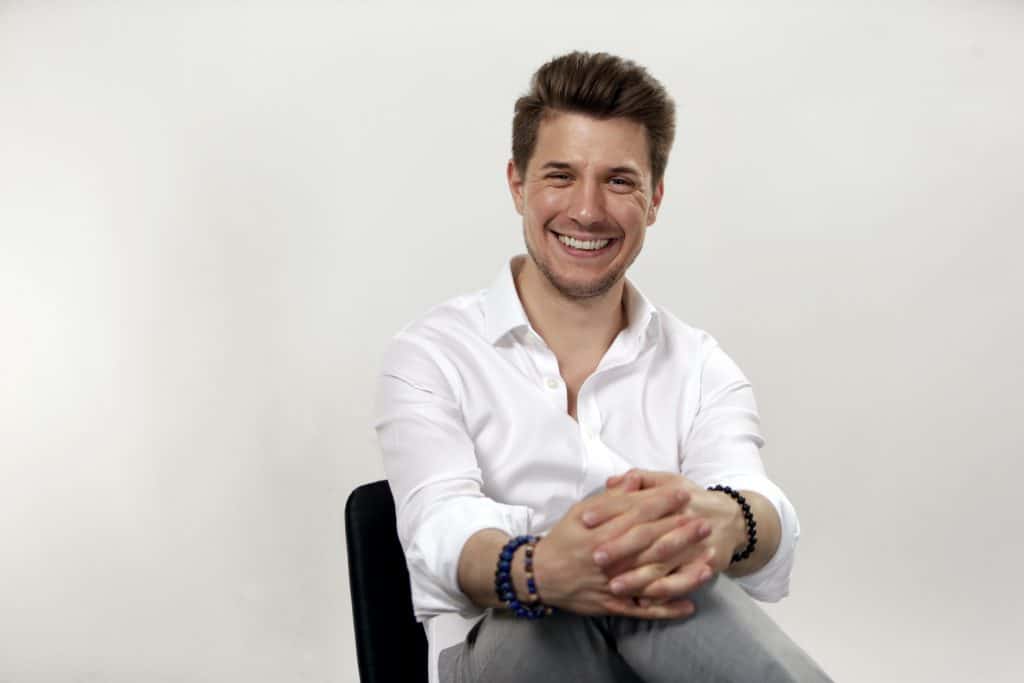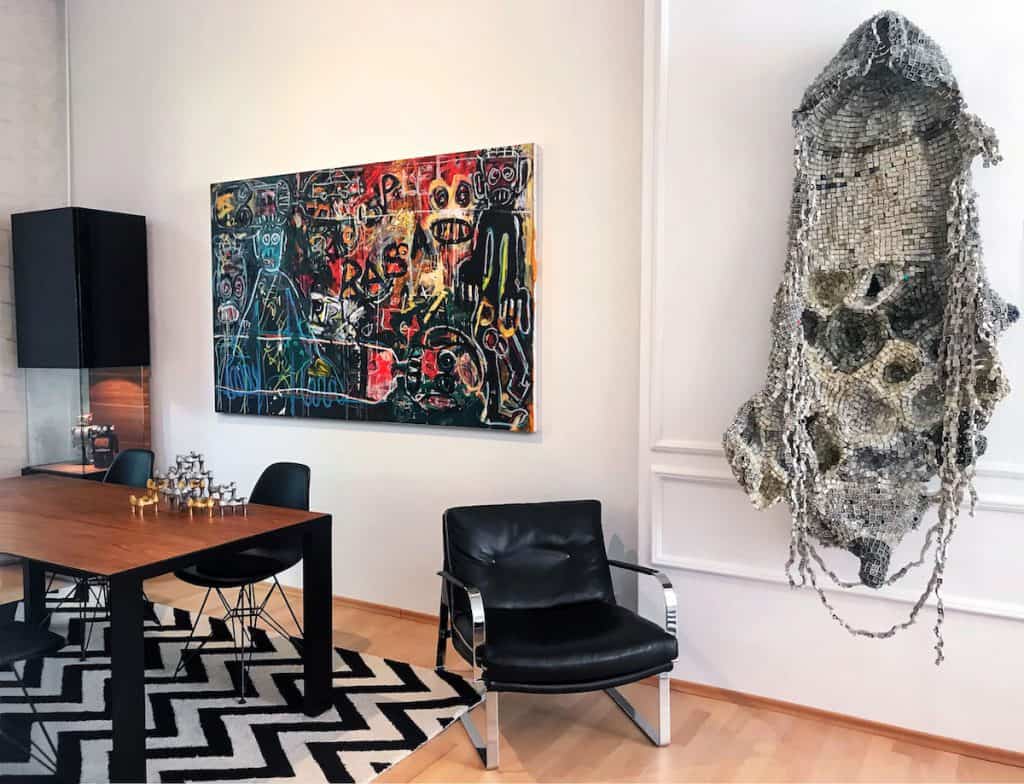“It would be great to see more young people getting into collecting and sharing their passion for art.”
Having the opportunity to support artists and being able to share his collection with art lovers from around the world is key to Frankfurt-based collector Oliver Elst. He is optimistic on behalf of the art world and hopes that more and more young people will take up collecting and experience the wonders of what the art world has to offer.
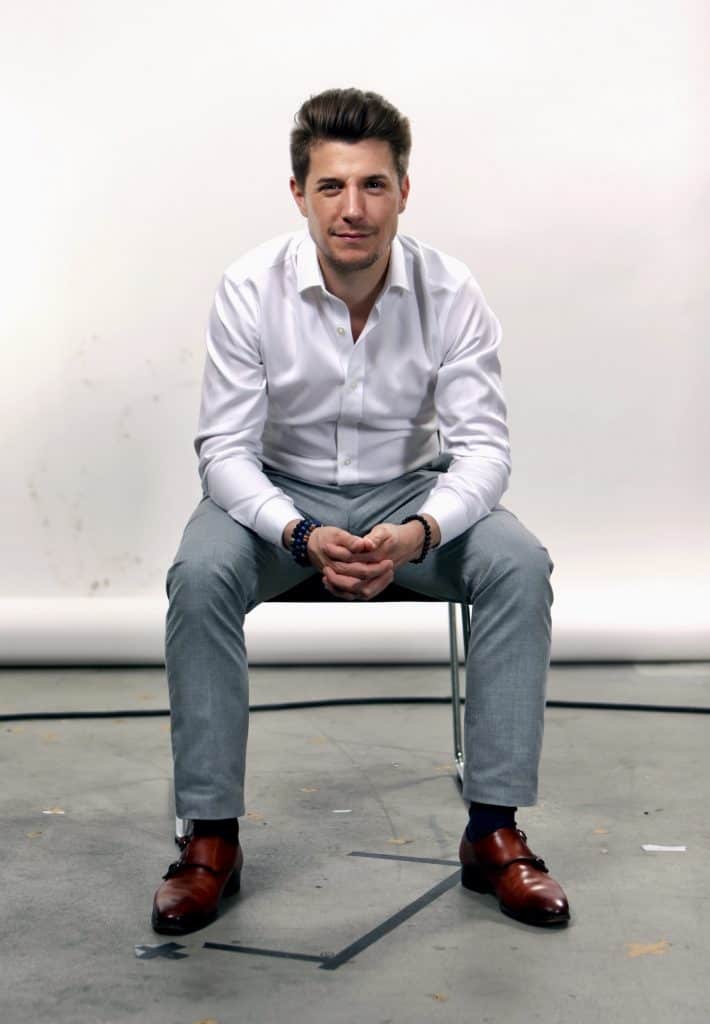
- Name: Oliver Elst
- Location: Frankfurt – Germany
- Started collecting in year: 2016
- Name of collection: Cuperior Collection – Oliver Elst
- Instagram: @cuperiorcollection_oliver_elst
What is your earliest memory of art, and what led you to start collecting it?
I was quite young, around the age of 13, when I started to sketch, mostly cars, graffiti, comics and later, during university, I also took up painting and nude drawings. Eventually, this led me into the art and design business, and today I work as a car designer. After completing university, I naturally started to focus more on my profession within design, but I never forgot about the arts, and I think my childhood experience invoked a certain respect in me for people creating art. When I had just started my first job, I bought two lithographs by the famous German artist Gerhard Richter, which had a great impact on my choice to become an art collector. Lithographs were a good start to enter the market, but at a certain point, I felt the need to buy a unique piece of art and started diving more into questions like: which kind of art appeals to me at a deeper level? And what should my collection focus be? I finally ended up with a concept for my collection, which I have titled “Cuperior Collection- Oliver Elst”, and which focuses on Contemporary African art and its diaspora.
Can you elaborate on your fascination of art from this specific geographic region?
I saw a huge potential and opportunity in contemporary African art, because Africa was a long time not really on the map in the art world, which changed a couple of years ago and finally the continent is starting to get the attention it deserves. A lot of art is still quite accessable but has a huge potential to grow. My main motivation is to support young and great artists to become well known and my personal goal is to have an impact as a collector by drawing attention to artists who deserve to be seen and heard. So overall, my main motivation for having this specific focus is to support these young and great artists to become known throughout the world.
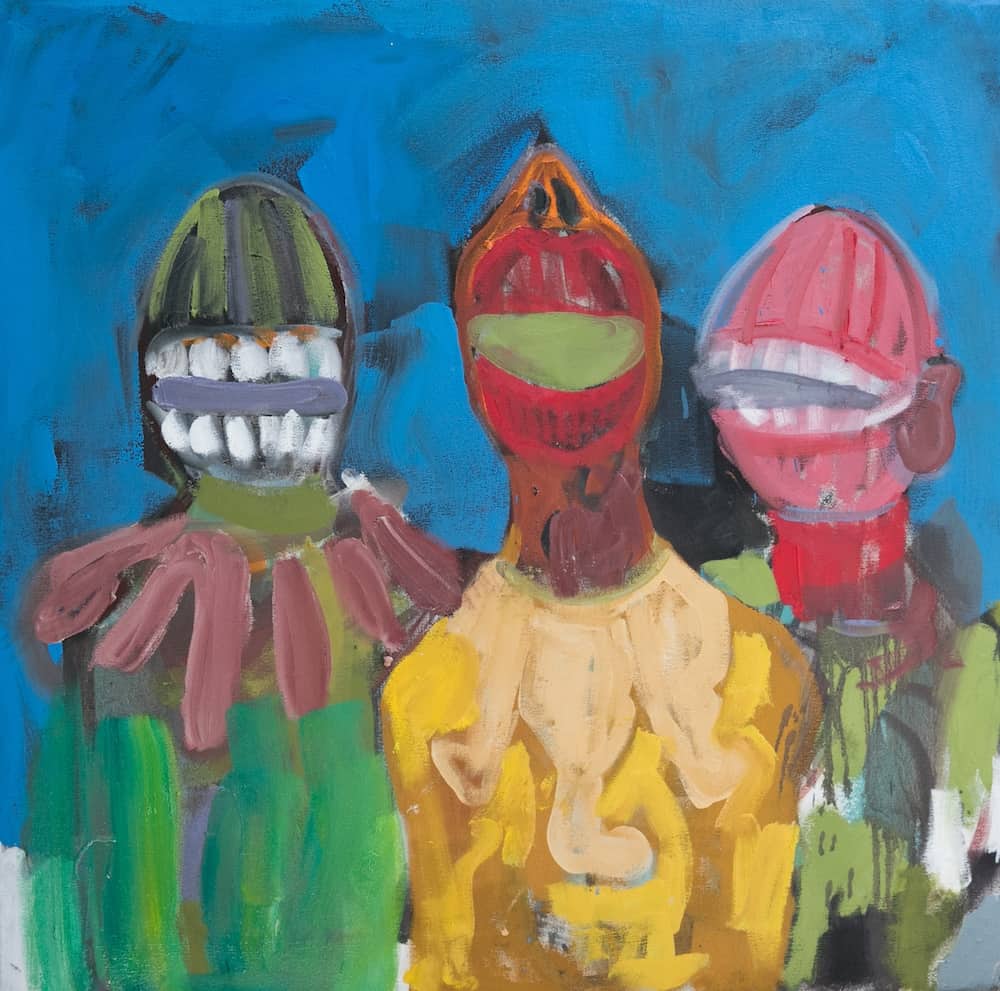
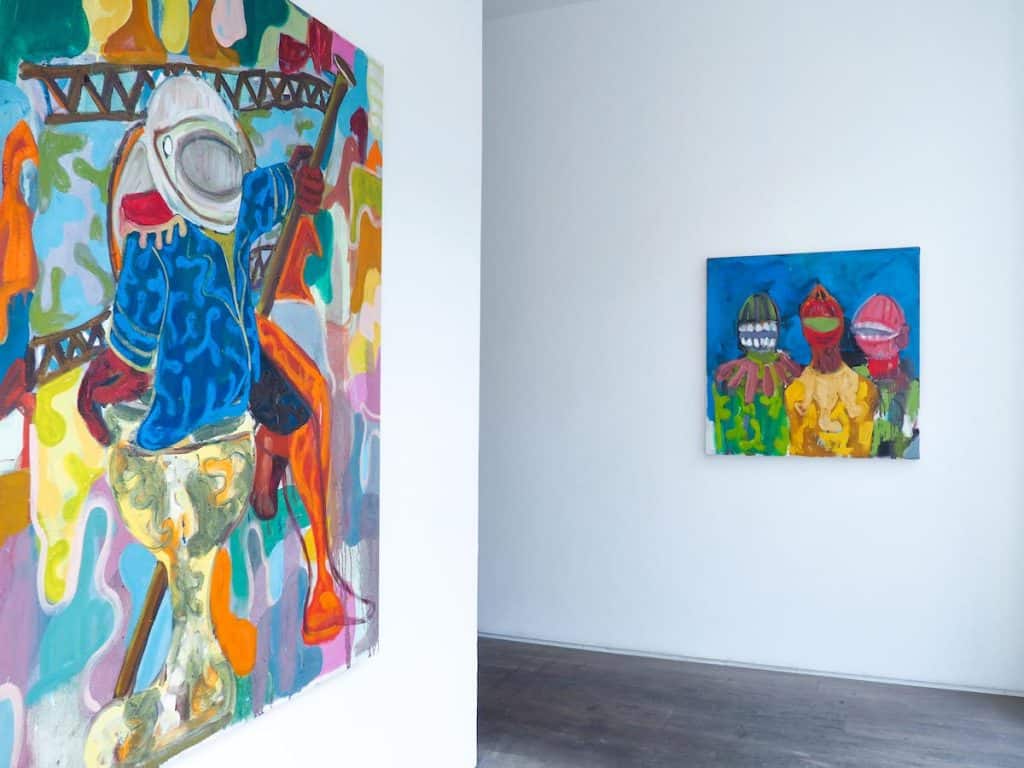
You have a vision of building “a significant collection of masterpieces by established, but also emerging contemporary artists in an early stage with a strong and unique character”. How do you work towards fulfilling this vision?
Since I have been working in the design industry for more than a decade, selecting sketches and design on a daily basis, I feel that my eye is quite trained to spot potential in a creative expression, whether a sketch, painting or an artist. If I am considering buying a new piece, I am trying to picture how it would work with all the other pieces in my collection. I try not only to look at a single work, but at the broad picture and imagine that I am the curator of a museum show, just with my works. Furthermore, I ask myself, does it add anything to my collection? What do I exactly like about it? What are the arguments for and against buying it? Finally, I believe that it is always mandatory to do one’s homework and look into the artist’s previous work. For example, where did he/she exhibit, which gallery represents him/her, in which collections is the artist represented etc. My best advice would be: Be critical, but always also listen to your gut feeling.
The word “Cuperior” is a combination of the latin word “cupere”/desire and “prior”/the precursor. Why did you choose this name and how does it reflect in your collection?
I had the intention to give the collection a specific name, which describes its focus while also being easy to recognize. Therefore I ended up with “Cuperior”, a combination of cupere”/desire and “prior”/the precursor, as you said. The theme “desire” is linked to the selection of the best pieces by an artist, because these pieces have always the most potential to raise in value over time. In general, not all expensive art is good, but the best is always expensive. The Prior/precursor is linked to the idea of buying artists with great potential at an early stage in their career with some having just had their first solo show or finished studying. That being said, I also include more established artists in my collection, for example Aboudia and Zanele Muholi. With this concept, I think it is easier for me to provide art lovers from all around the world insights into my idea and philosophy, since my name alone wouldn’t say anything about the focus and vision of my collection.
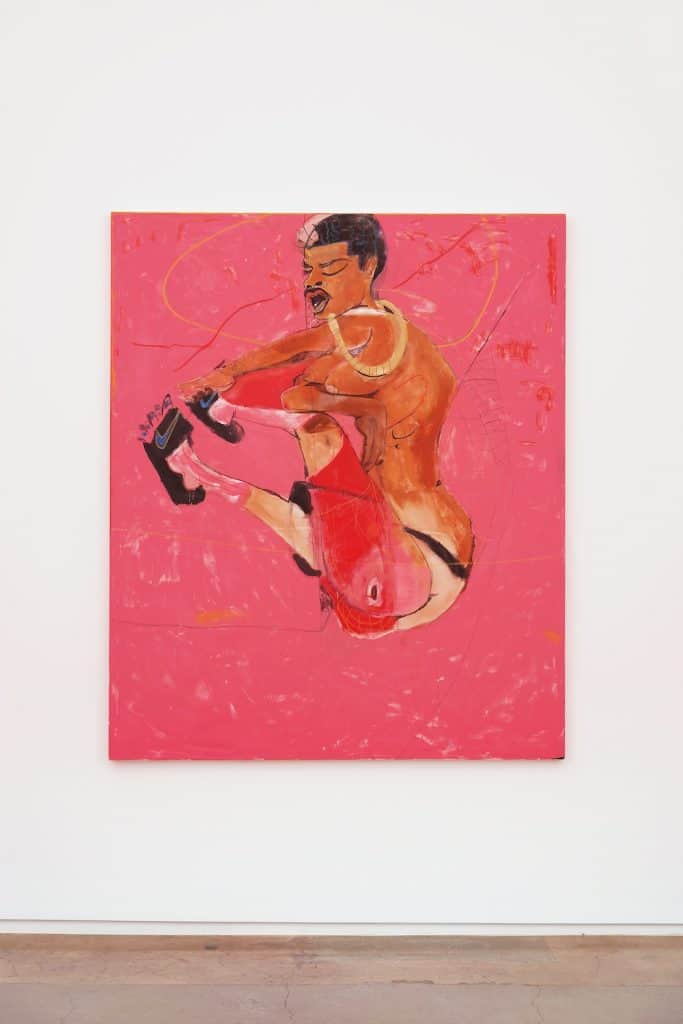
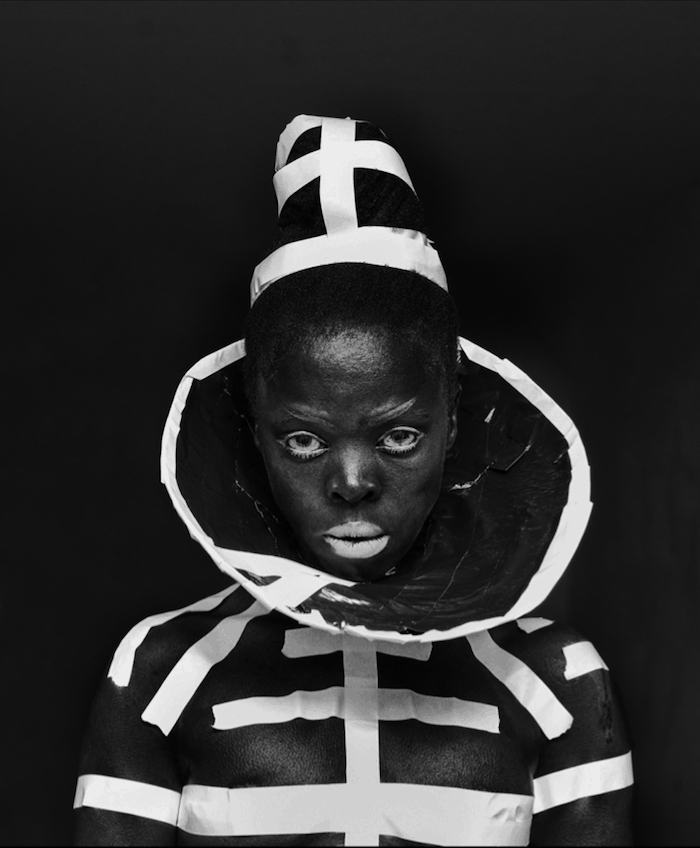
How was it to enter the art collecting scene as a young collector?
It was very exciting and I had to read a lot and talk with a wide range of people in the art world, especially other collectors, as well as I did a course at Sotheby’s Art Institute to really get an understanding of how this opaque market works and how you build up a collection. It takes a lot of time, but it is very useful to make one’s research and also think about your intention as a collector. Do you want to buy art mainly for decoration, from an investment perspective or did you just fell in love with a specific piece or artist. For me, it is also important to connect and build relationships with the artists, the galleries, or other collectors and share thoughts. In my experience, a lot of galleries are very open to young collectors and are always happy to sell to them, since they know the artwork might stay longer with them. However, overall, it would be great to see more young people getting into collecting and sharing their passion for art.
In your opinion, what is the role of an art collector in the making of art history?
I think a collector can have a big influence of the art history by helping young artists to find his/her place in the art world and support him/her from the very beginning of his career and follow the artist’s career develop and grow.
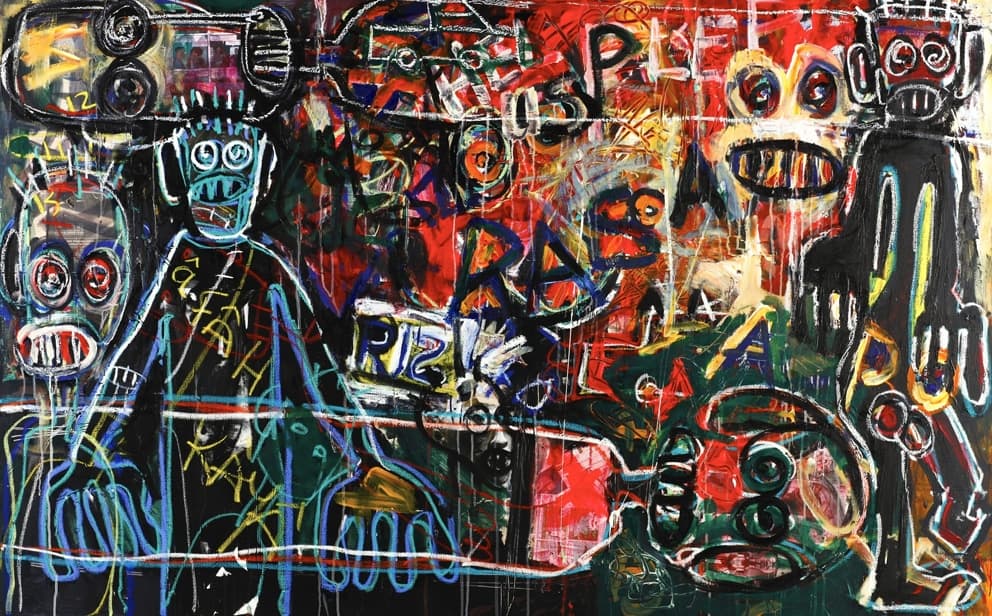
What is your experience with the online art market and how do you see it evolving?
The online market has a huge potential, especially for the young collector generation, which is comfortable and familiar with buying in a digital space. I am doing a lot of research online myself and have also bought several pieces online, so for me, it broadens my opportunities to expand both my knowledge and my collection.
How do you see the future of the art world developing?
I think that the art market will develop in a positive direction. It has grown so much in the past years with a lot of new art fairs, more private museums, and biennales. Probably the interest will increase even more in the next years, especially in art as an investment, because a lot of people are looking for different and new ways to invest their money and I think art combines passion and investment in the most beautiful way.
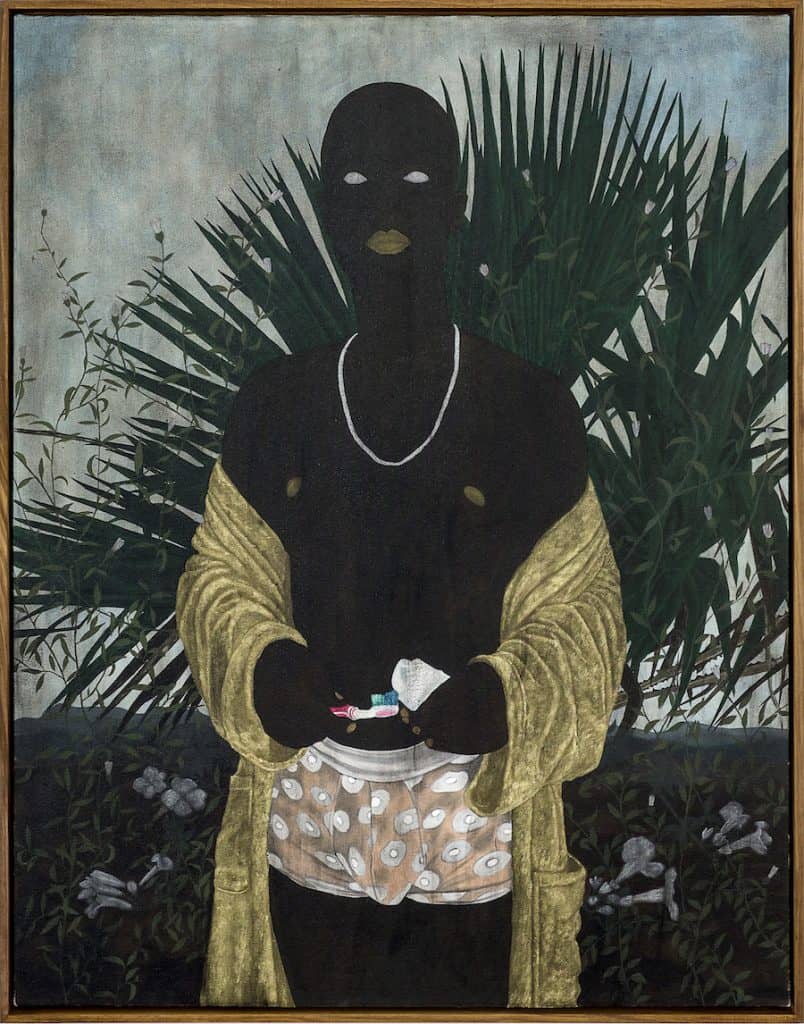
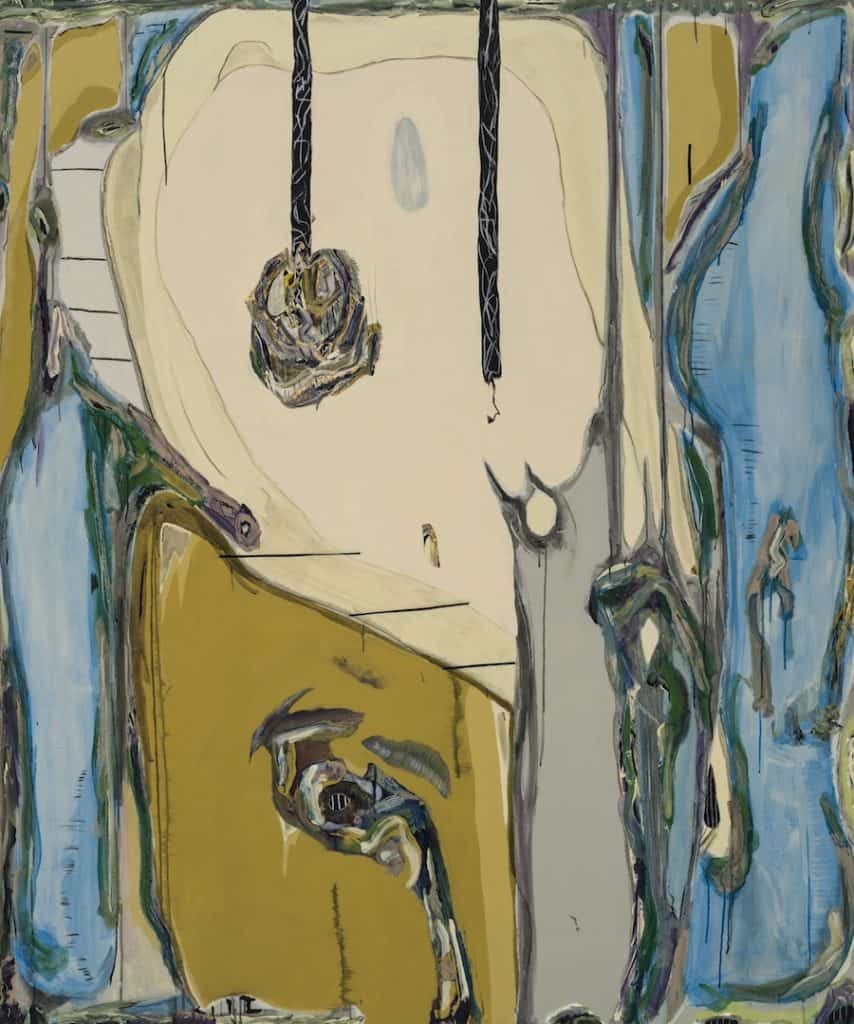
TOP THREE
Describe your collection in three words
Inspiring, New, Controversial.
Top piece of advice for new collectors
Your taste develops the more art you see, so never miss the chance to go and discover new art.
Top three art locations
London, New York, Berlin.
Three inspiring artists to watch
Manuel Mathieu, Moffat Takadiwa, and Cinga Samson.
